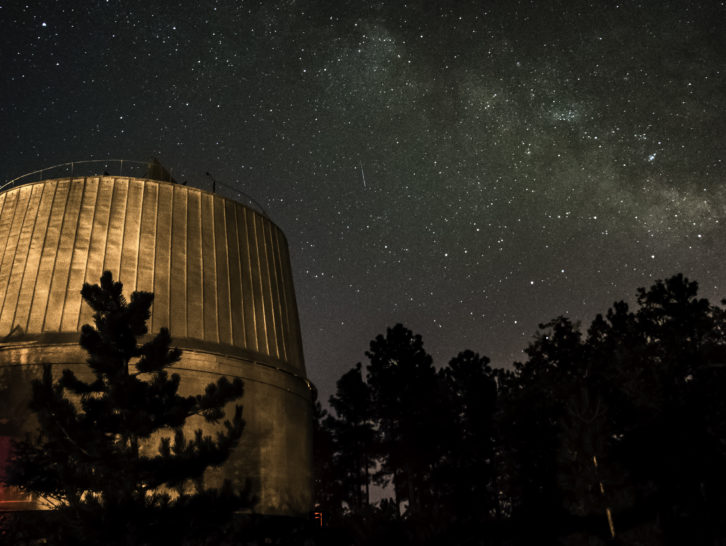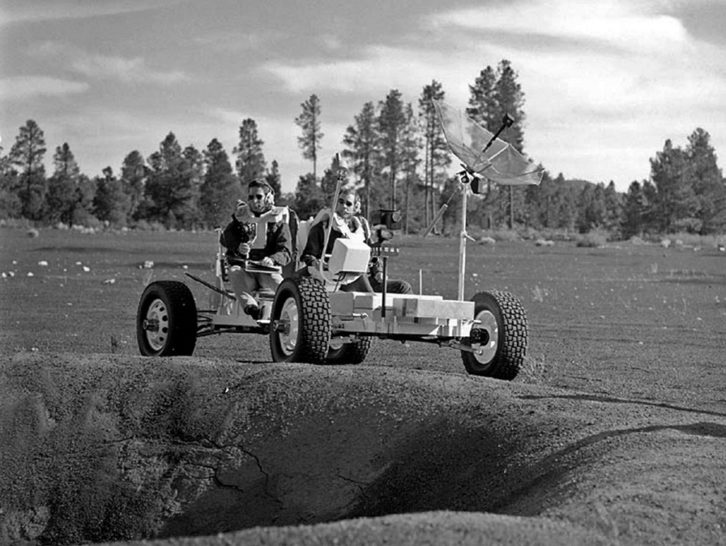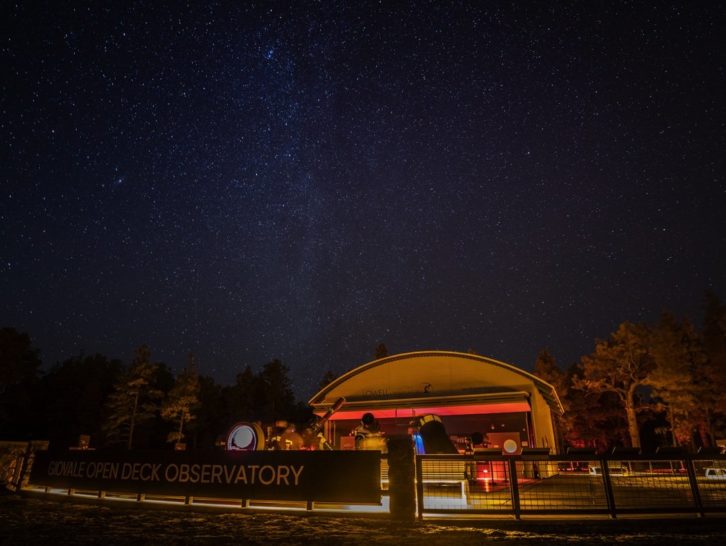Putnam Collection Center

Putnam Collection Center
Opened in 2014, the Putnam Collection Center houses Lowell Observatory’s precious archive collections.
While the library and collections areas are closed to the public, the building lobby contains displays that guests may visit. They highlight the observatory’s history and feature selected items from the collections, including:
- Percival Lowell’s first telescope, which his mother gave him when he turned 15 years old.
- The spectrograph that V.M. Slipher used to capture the first evidence of the expanding nature of the universe.
- Percival Lowell’s hand-drawn Mars globes showing details including the supposed canals.
- Instruments built by Lowell scientists and used for measuring the physical characteristics of celestial bodies.
- Classic scientific books dating back decades to centuries.
Digital Archives can be found at the Arizona Memory Project.
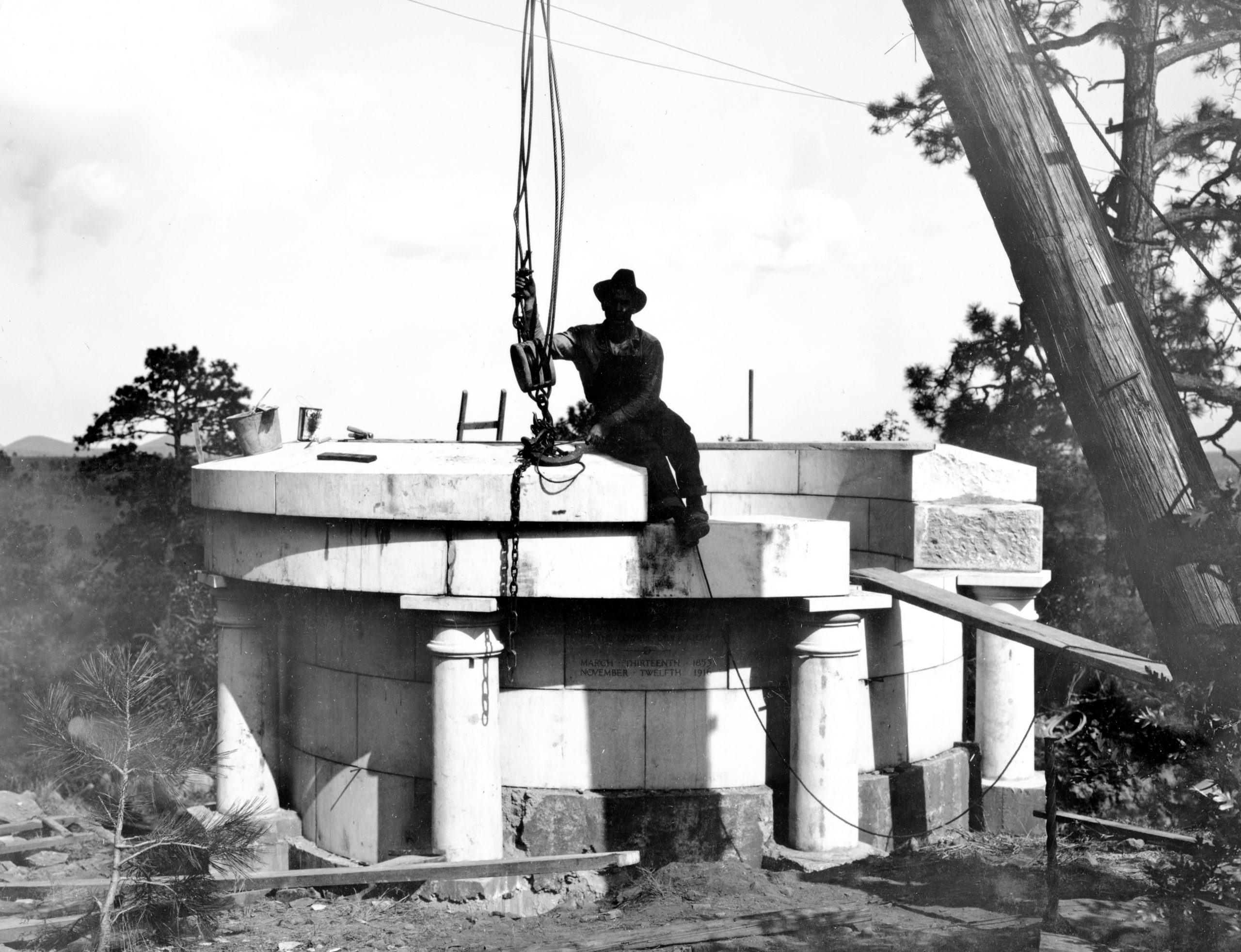
Public Exhibits
While the library and collections areas are closed to the public, the building lobby contains displays that guests may visit.
This area is open to the public during daily open houses. They highlight the observatory’s history and feature selected items from the collections, including:
- Percival Lowell’s first telescope, which his mother gave him when he turned 15 years old.
- The spectrograph that V.M. Slipher used to capture the first evidence of the expanding nature of the universe.
- Percival Lowell’s hand-drawn Mars globes showing details including the supposed canals.
- Instruments built by Lowell scientists and used for measuring the physical characteristics of celestial bodies.
- Classic scientific books dating back decades to centuries.
- Digital Archives can be found at the Arizona Memory Project
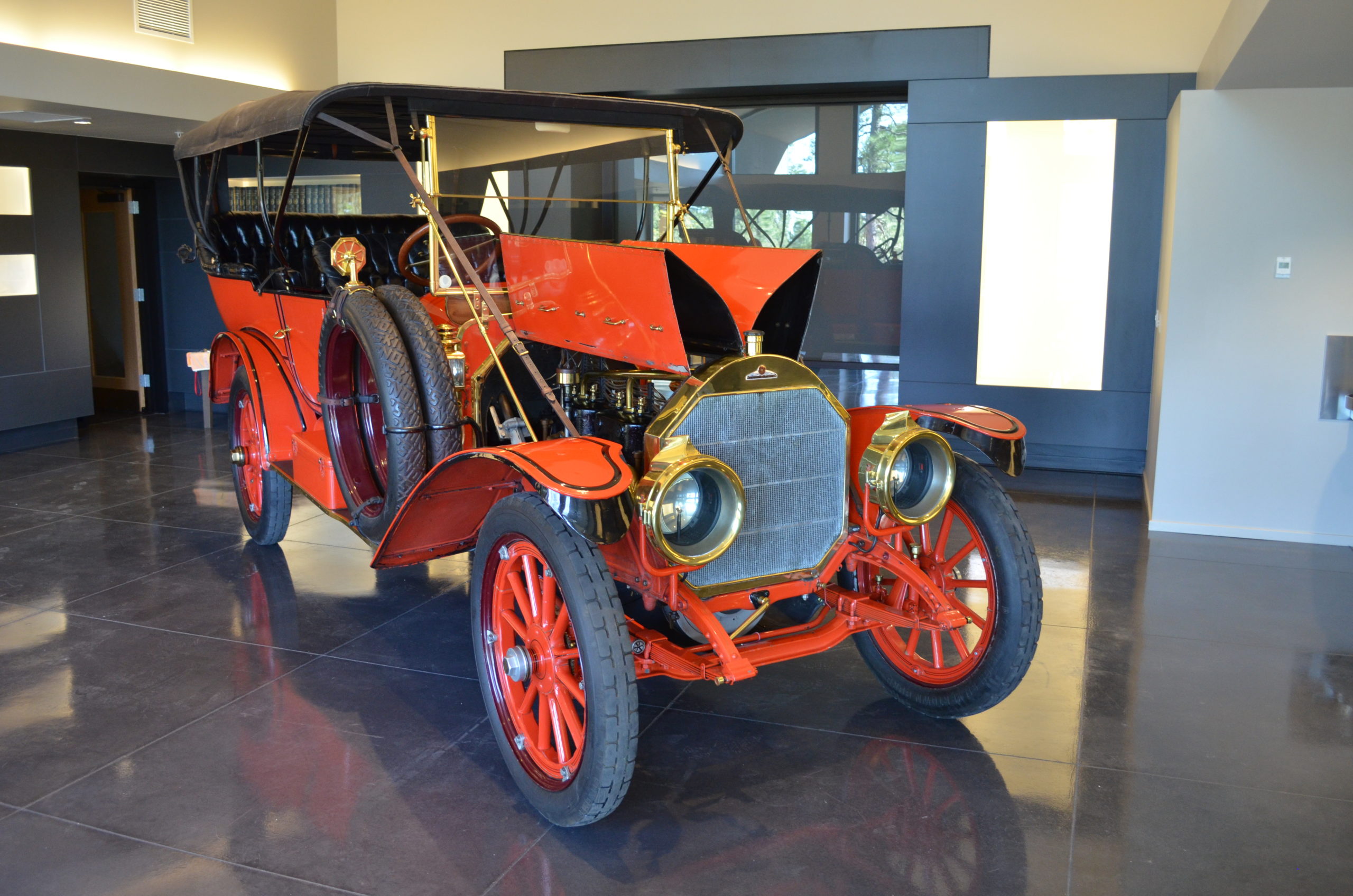
Big Red
“Big Red” was Lowell’s state-of-the-art “horseless carriage,” transporting him in style all over northern Arizona. It still resides on the Mars Hill campus, currently in the Putnam Collection Center, and is still in working order!
- The Stevens-Duryea Model “Y” touring car was and still is a spectacular sight. Big Red’s wheels are set 58 inches apart and its front axle is spaced 142 inches from the rear. The car body itself is a full 76 inches wide and 193 inches front to rear. There were no bumpers in those days, so the initial points of impact were the front bushings of its leaf springs. Its massive, gas-fired headlamps (12 inches in diameter), are 36 inches above the pavement and set 32 inches apart.
- The driver’s seat is 47 inches above the roadway and the extra-wide rear seat is 55 inches across. The top of its windshield reaches 84 inches – the top of its canvas roof, however, rises another six inches higher. The six cylinders of its 40 horsepower engine are very distinguishable and extend cumulatively a total of 54 inches from the flywheel to the end of the crankcase. Measure your car’s comparable dimensions and you’ll see how much things have changed!
Resources for Historians
Lowell Observatory opened this 8,000-square-foot facility in 2014. It contains a research library, processing room, staff offices, and a collections repository that houses thousands of pictures, a room of photographic glass plates, hundreds of antique instruments, shelves of artifacts, and scores of boxes of historic papers.
